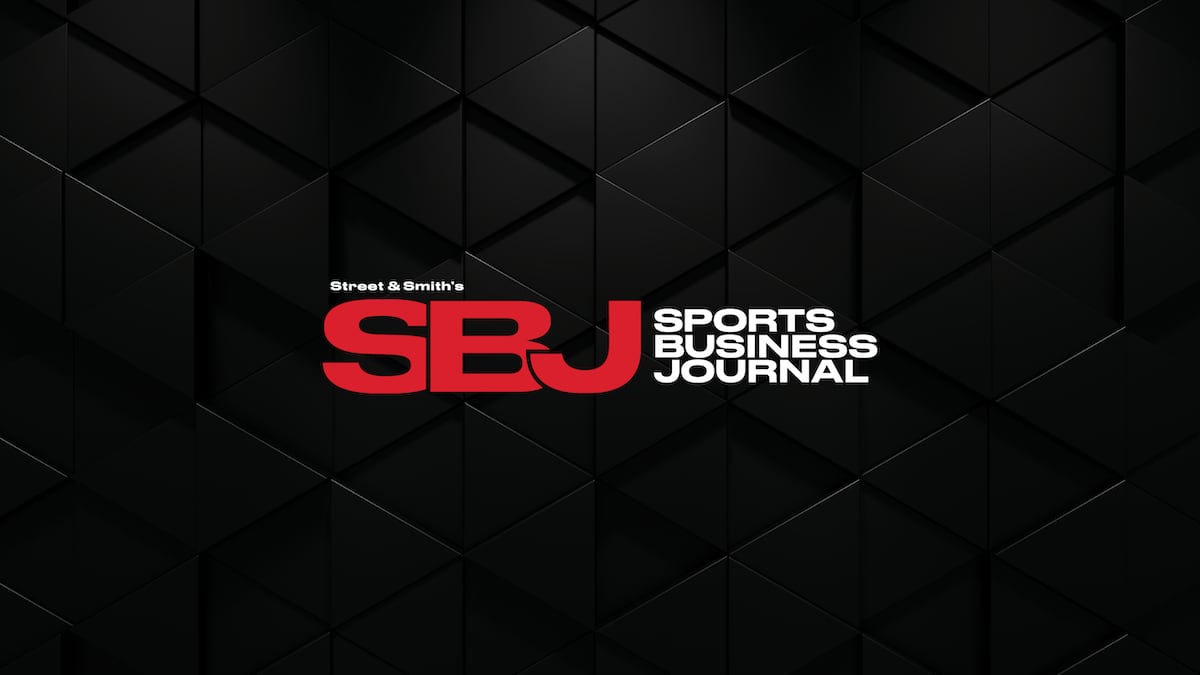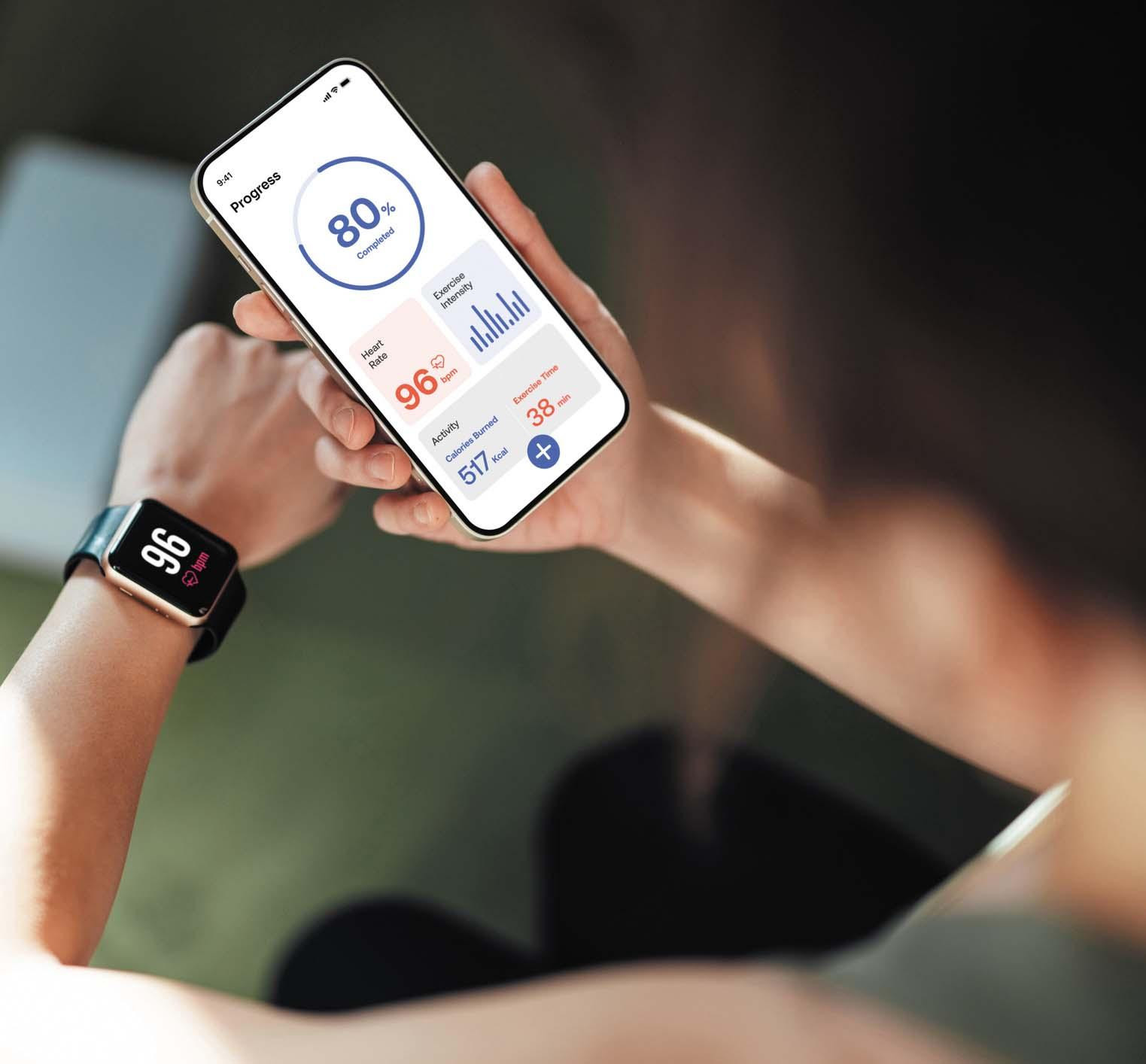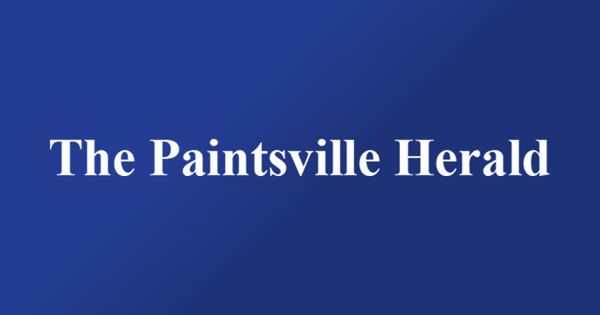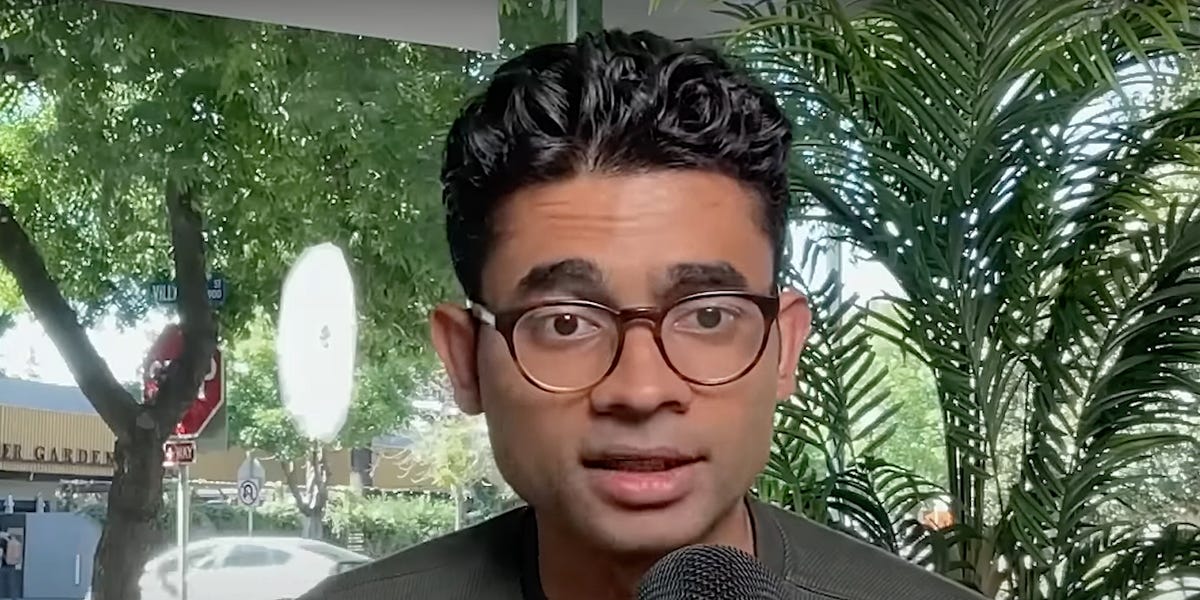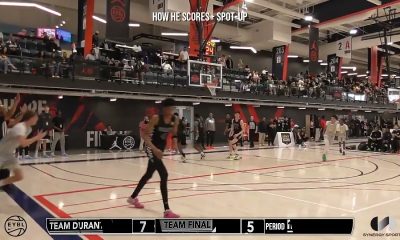A new type of deal has swept through Silicon Valley in the past year or so, driven by the AI boom and antitrust limitations.
I call these transactions “acquihires on steroids,” and they have some of the unsavory flavor of steroid use in sports. If you’re a Big Tech company, you can’t do big acquisitions as easily anymore because of antitrust scrutiny. So, instead, you pay handsomely to hire the top talent and license the technology, leaving the remaining business and employees to soldier on alone.
Crucially, Big Tech is not technically acquiring these startups, so the deals are not subject to the same antitrust rules. Depending on who you ask, the attorneys who devised this way to avoid the spirit of US law should either be awarded a Nobel Prize for business or imprisoned.
Remains of the prey
I’m not here to judge that. I’m focusing on what happens to the remains of these startups — and why the latest example, Windsurf, differs from the rest of these big, gnarly acquihires.
OpenAI planned to buy Windsurf for $3 billion. The deal fell apart, and instead, Google paid $2.4 billion to hire Windsurf cofounder Varun Mohan and other senior researchers and purchase a Windsurf license.
For a day or so, it looked like the remaining Windsurf business and staff would be cast to the wind, so to speak. Similar acquihires of Inflection, Character.ai, and Scale AI have left the remains of those startups floundering. For instance, an unprofitable Scale AI cut hundreds of jobs this week after Meta hired away its CEO, Alexandr Wang, in a $14 billion deal.
A different outcome for Windsurf
Windsurf’s story took a different turn. Another AI startup, Cognition, quickly snapped up the Windsurf remnants. Why? The answer relates to one of the main ingredients for success in generative AI: data.
Related stories
Business Insider tells the innovative stories you want to know
Business Insider tells the innovative stories you want to know
You need AI talent, for sure. This is the main reason Google paid so much for a handful of Windsurf leaders and researchers. You also need infrastructure, including GPUs, data centers, and huge amounts of electricity. Tech giants spend hundreds of billions on that.
The third ingredient, data, is less talked about. That’s because AI companies don’t want to pay for data, so they pretend it’s not that important. Yet data is crucial for AI model development, and it’s a real reason the remains of Windsurf were bought so swiftly.
The IDEs of July
Windsurf’s main product is an Integrated Development Environment (IDE). IDEs are coding tools installed on developers’ computers — a bit like PowerPoint for writing software. They have become the go-to interface between professional programmers and their code.
When Cognition CEO Scott Wu announced the Windsurf deal this week, he described the main assets he’s getting — and put Windsurf’s IDE at the top of the list. He wrote that combining that product with the “rapid adoption” of its AI software engineering assistant, Devin, will be a “massive unlock.”
Windsurf CEO Jeff Wang highlighted the same point, saying the combination of Congition’s autonomous coding agents with Windsurf’s IDE will lead to “breakthrough developer experiences.”
Unique, granular data model fine-tuning
IDEs are valuable in AI because they provide a massive stream of unique, granular data on how human developers write, fix, ship, and update software code, said Armando Solar-Lezama, a distinguished professor of computing at MIT.
“This is why you’re seeing so much dealmaking activity around some of these startups,” he told me in an interview this week.
Big Tech and AI companies aim to make AI models really good at coding. Solar-Lezama said that one way to stand out is to use the data from IDEs in the post-training phase of AI model development.
At a high level, building AI models involves two main stages:
The first is pretraining, where tech companies vacuum up all the data on the internet and use it in huge training runs so the models learn a general understanding of how the world works. Everyone has already stripmined the web for this information, so there’s not much advantage to be gained here in the AI race anymore. It’s table stakes.
Then comes the second stage, known as post-training, that fine-tunes AI models and polishes away bad behavior while giving them their distinctive style. This is where things differ from company to company, and you get custom, proprietary approaches, Solar-Lezama said.
“All these companies, once they have exhausted all the data on the internet, there’s no second internet to mine for data. They are all hunting for alternative data sources,” he said. “One of the big advantages of IDE companies like Cursor and Windsurf — they have access to a rich stream of data that some AI model providers don’t get to see directly.”
An IDE provider like Windsurf can see every keystroke and every time programmers run their code, as well as how they run it and how they debug it, through the IDEs installed on developers’ computers.
“This provides unique access to a lot of information about what people are doing with their code, versus just what they might enter into the prompt box of a more simple coding website — that’s a lot less,” Solar-Lezama said.
The big AI companies often provide the underlying models that power IDE products. For instance, Anthropic models mostly power Windsurf’s IDE. However, these AI labs may have access to less detailed coding data.
“IDEs have a level of granularity that’s impossible to get any other way,” Solar-Lezama said.
Sign up for BI’s Tech Memo newsletter here. Reach out to me via email at abarr@busienssinsider.com.

